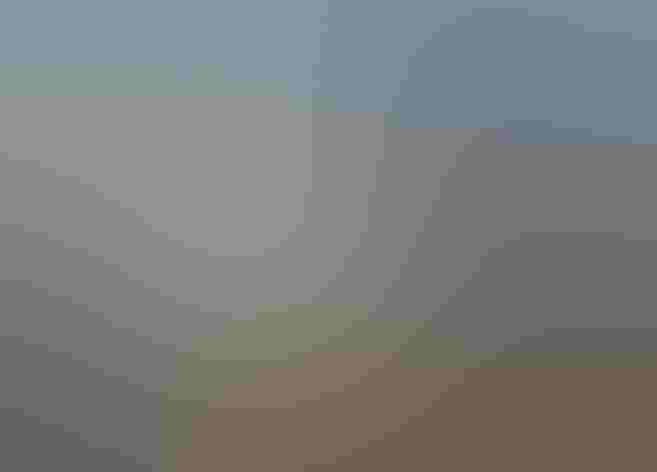Little Gull
At a Glance
This smallest of the gulls is a fairly recent arrival in North America, having invaded from Europe during the 20th century. Although records of stragglers go back many decades, the species was first found nesting on this continent in 1962. Since then it has nested at several points around the Great Lakes and Hudson Bay. Single birds often associate with flocks of Bonaparte's Gulls, sometimes with terns.
All bird guide text and rangemaps adapted from Lives of North American Birds by Kenn Kaufman© 1996, used by permission of Houghton Mifflin Harcourt Publishing Company. All rights reserved.
Category
Gull-like Birds, Gulls and Terns
IUCN Status
Least Concern
Habitat
Freshwater Wetlands, Lakes, Ponds, and Rivers, Saltwater Wetlands, Tundra and Boreal Habitats
Region
California, Eastern Canada, Florida, Great Lakes, Mid Atlantic, New England, Northwest, Plains, Rocky Mountains, Southeast, Western Canada
Behavior
Direct Flight, Soaring, Swimming
Population
120.000
Range & Identification
Migration & Range Maps
Movements on this continent not known in detail. Primarily around Great Lakes in summer, on Atlantic Coast in winter, probably with some regular movement between these two areas. Scattered records for other parts of North America, at various seasons, mostly in winter. Those seen in west may come from Asia via Alaska, but Alaska records are almost nil.
Description
11" (28 cm). Adult has black underwings. Upper side of wingtip has no black on adults, entirely pale gray with big white tips on feathers. Immature has dark cap, dark "M" pattern on back and wings. Note tiny size, thin bill.
Size
About the size of a Robin
Color
Black, Gray, Red, White
Wing Shape
Tapered
Tail Shape
Rounded, Short, Square-tipped
Songs and Calls
A soft kek-kek-kek-kek.
Call Pattern
Falling, Flat
Call Type
Raucous, Scream
Habitat
Lakes, bays. In summer mostly inland around low marshy areas near lakes, also fresh or brackish marshes close to coast. Winters along coast, concentrating at protected shallow estuaries, mudflats, beaches, fresh ponds close to shore.
Sign up for Audubon's newsletter to learn more about birds like the Little Gull
Behavior
Eggs
2-3, sometimes 1-5. Olive to buff, marked with brown and gray. Incubation is by both sexes, 23-25 days.
Young
Are tended and fed by both parents; may leave nest when a few days old, but remain in general area. Young capable of flight at 21-24 days, may leave nest area with parents but become independent soon thereafter.
Feeding Behavior
Often forages by flying rather slowly and low, dipping to surface of water or land to pick up items. May land on water to feed; sometimes wades in shallow water.
Diet
Mostly insects. During summer and migration feeds mostly on insects. Also eats brine shrimp and other crustaceans, small mollusks, spiders, marine worms, and some small fish.
Nesting
Breeds in colonies, those in North America usually small, sometimes isolated pairs. In courtship, 2 birds may walk around each other, heads tilted away, then go through ritualized preening or pecking at ground. Nest site is on ground near water. Nest (built by both sexes) is a shallow depression lined with grass, leaves, weeds; may be more built up if on wet ground.
Conservation
Conservation Status
Still has a shaky hold in North America, with nesting attempts scattered and irregular. Population here might not be self-sustaining, probably supplemented by additional strays from Europe. The Little Gull invasion represents a natural experiment, one which may or may not succeed. Other birds must have crossed the Atlantic in this way in ages past.
Climate Threats Facing the Little Gull
Choose a temperature scenario below to see which threats will affect this species as warming increases. The same climate change-driven threats that put birds at risk will affect other wildlife and people, too.









